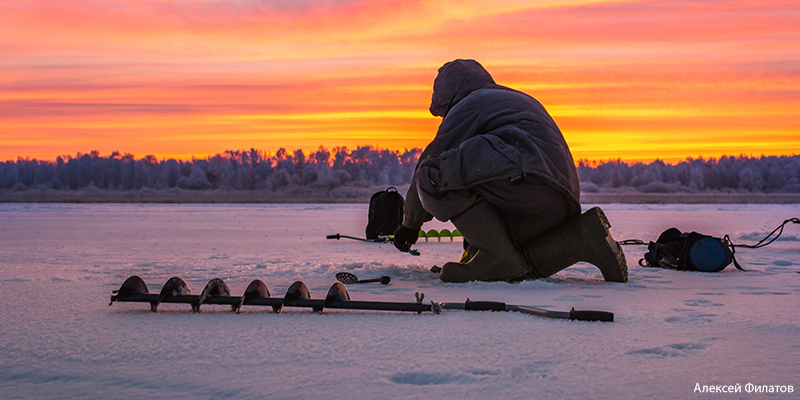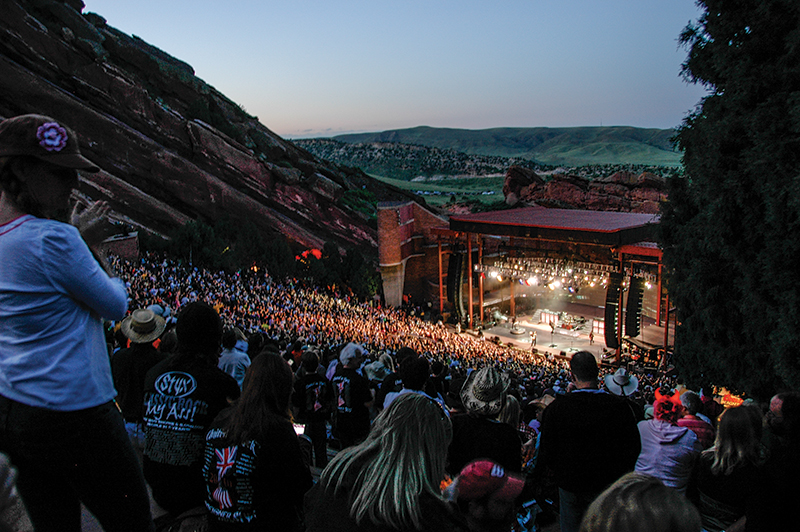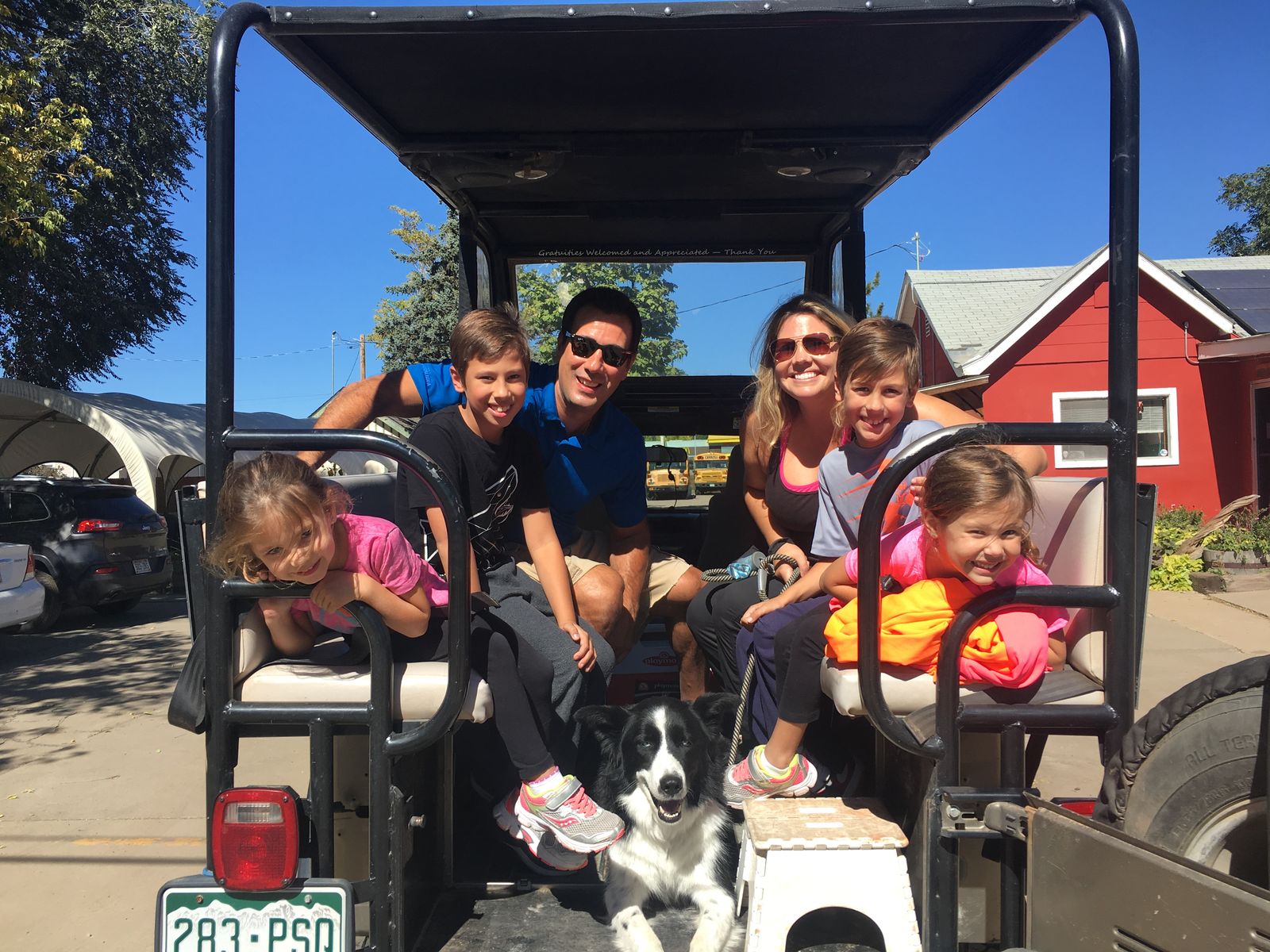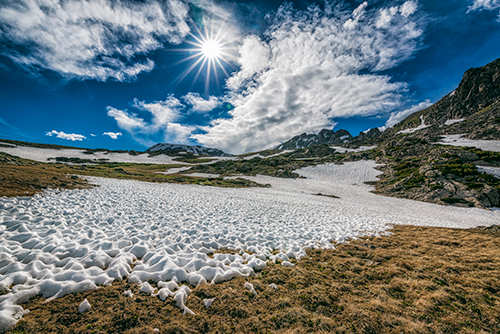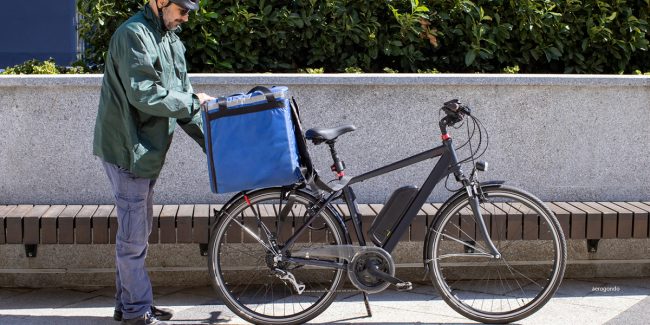Your Guide to Ice Fishing in Colorado
Ice Fishing in Colorado
Ice fishing is a popular sport in Colorado and has grown in popularity over the past several years. Getting out for some fresh air and quiet solitude on the ice is a great idea, so why not give ice fishing a go? Cutthroat trout, largemouth bass, walleye, crappie, even the kokanee salmon—Colorado is home to a lot of fish, and even when the warmer weather dies down, and rivers and lakes are covered in a thick layer of ice, they’re right there waiting for you. The most popular ice-fishing lakes are in Colorado's State Parks. These State Parks participate in "Agents of Discovery," an educational mobile gaming app that creates an augmented reality trail mission at 14 state parks. Learn and participate in fun outdoor activities at the same time.When is the Best Time to Go Ice Fishing in Colorado?
While this depends on the year and the weather conditions we’ve been having, December through February is usually the best time of year to go ice fishing in Colorado. What you want to pay attention to during this time is the thickness of the ice. So long as it’s at least 4 inches thick, you should be safe to walk out on the ice. If you’re using a snowmobile, it should be 5” thick, and if you’re planning on driving a full-sized vehicle out there, you’d better make sure that ice is 8 to 12” thick. If you’re unsure about conditions, look them up online before you go, or ask a park ranger or someone at a local bait shop to get an idea for lakes or areas that might be unsafe. As a general rule, lakes freeze sooner the higher into the mountains you get, but if you’re planning on fishing at 8,000 ft altitude or lower, especially early in the season or during a warm winter, do some research before you head out.What Should I Know Before I Go Ice Fishing?
Any type of fishing in Colorado requires a permit, which can be purchased online, by phone, or at any Colorado Parks and Wildlife Visitor Center. When it comes to ice fishing, a few rules apply. First, your ice fishing holes can be no larger than 10 inches in diameter, and you can have no more than two lines in the water at any time. Any more than that, and you’ll need a special license. You’ll also want to do your research about your intended location. First of all, is ice fishing allowed? What kind of fish are in those waters, and what kind of bait will you need? What have conditions been like lately, and is thin or dangerous ice something you’ll need to be especially careful about?What Kind of Equipment Do I Need for Ice Fishing in Colorado?

Auger
An auger is a drill you use to create a hole in the ice. It’s a big piece of equipment, but an important one, especially when it comes to ice that can be over a foot thick. You can buy a hand auger, which is often the most cost-effective but also the most work, or you can purchase a gas or electric-powered one, which makes your job a lot easier but can also be quite loud, which can scare the fish.Spud Bar
A spud bar is a long metal pole, about four or five feet in length, with a thin, tapered end. Spud bars can be used to check ice thickness, break open iced-over holes, or even to steady yourself as you walk across the ice.Ice Fishing Rod
Unlike summer rods, which are about five feet long, ice fishing rods are much shorter, only a few feet long. This is largely to accommodate them inside the small warming huts used on the ice and also because the longer rods are made for being able to cast over longer distances, whereas ice fishing lines are dropped directly below, so it’s more important to be closer to the hole. Ice fishing rods are also built for more sensitivity, allowing you to tell when you have a bite from the sluggish, subtle winter fish.Tackle and Bait
In the winter, fish are more sluggish, so you don’t need quite such a fancy setup for bait as you might use during the summer. Mealworms, waxworms, and nightcrawlers are great for catching trout, and if the kokanee salmon is what you’re after, fresh shrimp is always a good bet.Camp Chair and Ice Hut
Sure, you can sit out there on the ice in your camp chair all day, but you’re going to be cold. Most people who are serious about ice fishing invest in a pop-up tent. Ice fishing tents are insulated so the sun can warm them and keep the interior nice and toasty while you wait for a fish to bite your line. A lot of the game is waiting, after all, and if you can do it in comfort, you’ll probably be a lot happier. Note that even if you are fishing for multiple days in a row, your ice shelter must be removed by the end of the day in accordance with Colorado law.An Enclosed Fire Container
A fire is a great way to stay warm and cozy while you’re out there on the ice, and while fires are permitted in Colorado, you’ll need an enclosed fire container if you’re looking to light one.Is Ice Fishing in Colorado Safe?
When the ice is thick and you do your due diligence, ice fishing is quite safe. In fact, falling through the ice happens much less than you might think—more ice fishing injuries are caused by slipping and falling on the lake's frozen surface. You can take some safety precautions to ensure you are being as safe as possible out there on the ice. First, invest in a pair of shoe spikes, ice cleats, or yak tracks, which slip or fasten right over your boots and will help lend you some extra traction while you’re walking out there on the slippery, icy surface of the lake. Second, keep an eye on weather conditions if you’re planning on fishing in the near future, especially early or late in the season or during warmer winters. When the daily high temperatures are not rising much above freezing, some good hard ice is most likely forming on the water. But regardless of the weather, you must test the ice when you head out to go fishing. Start by throwing heavy rocks at the surface or whacking the ice with your spud bar to check thickness. You should be doing this every 15 to 20 feet as you head out onto the ice. Falling through ice is rare, but that’s because most people who regularly go ice fishing are extremely cautious about ice safety. Always treat ice as though it’s dangerous.
Third, be prepared for the worst. Keep an extra change of dry clothes in your car, and wear a lifejacket and an ice pick around your neck in case you go through. Spring-loaded ice picks are a great safety tool you can jab into the ice if you fall in and use to leverage yourself back up to safety.
Ice is pretty easy to read once you know what you’re looking for. As a general rule, clear ice is much stronger than murky or grey ice, and ice formed by overflowing water or strong currents is often very weak. Watch out for inlets and pressure ridges, and be aware that a number of conditions, including snowfall and fish activity, can affect ice thickness and that ice thickness can vary drastically on the same body of water.
One of the easiest safety tips for ice fishing involves no equipment, which is to fish with a buddy. The buddy system means you will always have someone to be accountable for you, and vice versa, and in a dangerous situation, it could make a real difference.
Second, keep an eye on weather conditions if you’re planning on fishing in the near future, especially early or late in the season or during warmer winters. When the daily high temperatures are not rising much above freezing, some good hard ice is most likely forming on the water. But regardless of the weather, you must test the ice when you head out to go fishing. Start by throwing heavy rocks at the surface or whacking the ice with your spud bar to check thickness. You should be doing this every 15 to 20 feet as you head out onto the ice. Falling through ice is rare, but that’s because most people who regularly go ice fishing are extremely cautious about ice safety. Always treat ice as though it’s dangerous.
Third, be prepared for the worst. Keep an extra change of dry clothes in your car, and wear a lifejacket and an ice pick around your neck in case you go through. Spring-loaded ice picks are a great safety tool you can jab into the ice if you fall in and use to leverage yourself back up to safety.
Ice is pretty easy to read once you know what you’re looking for. As a general rule, clear ice is much stronger than murky or grey ice, and ice formed by overflowing water or strong currents is often very weak. Watch out for inlets and pressure ridges, and be aware that a number of conditions, including snowfall and fish activity, can affect ice thickness and that ice thickness can vary drastically on the same body of water.
One of the easiest safety tips for ice fishing involves no equipment, which is to fish with a buddy. The buddy system means you will always have someone to be accountable for you, and vice versa, and in a dangerous situation, it could make a real difference.
Where Can I Go Ice Fishing in Colorado?
The Colorado Parks and Wildlife Fishing Manual is released every year and contains information on rules, limitations, and places where fishing is permitted. Many lakes and reservoirs prohibit ice fishing, and these are listed in the fishing guide as well, which can be found here. Some of the suggested spots for ice fishing by Colorado Parks and Wildlife include Lake John (Jackson Co.), Blue Mesa Reservoir (Gunnison Co.), Eleven Mile Reservoir (Park Co.), Jumbo Reservoir (Logan Co.), Miramonte Reservoir (San Miguel Co.), Vega Reservoir (Mesa Co.), Rifle Gap Reservoir (Garfield Co.), Steamboat Lake (Routt Co.), and Stagecoach Reservoir (Routt Co.). But this is only the beginning of the list—ice fishing is incredibly popular all over the state. Whether you’re striking out on a weekend trip or sneaking away somewhere close to home, you’ll find the perfect spot this winter for a relaxing, rewarding experience.By Emily Krempholtz
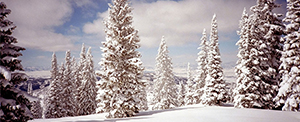 |
 |
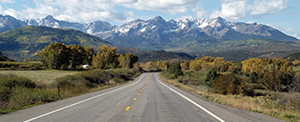 |
||
Winter Activities >Winter in Colorado is all about celebrating and enjoying the great outdoors. |
Lodging >Looking for a luxury hotel suite or a rustic cabin? We have something that’s perfect for you. |
Colorado Road Trips >Road trips are the best ways to experience all Colorado has to offer. |

